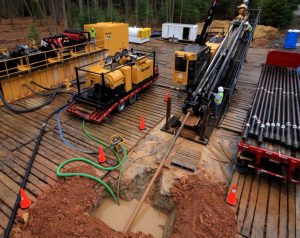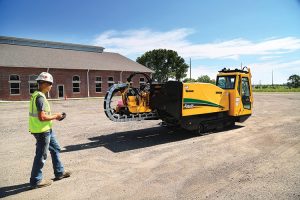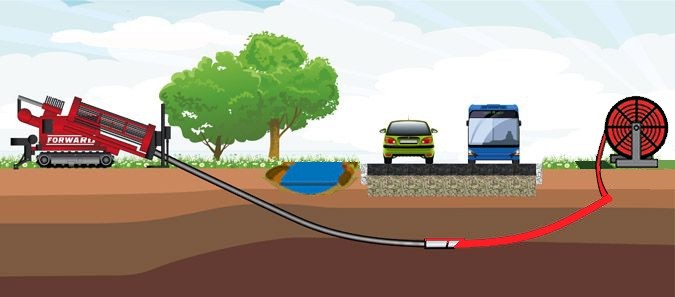Maximizing Efficiency and Accuracy: Strategies for Directional Drilling
Introduction to Directional Drilling
Directional drilling has revolutionized the oil and gas industry, enabling operators to access reserves previously considered inaccessible. This drilling technique involves intentionally deviating the wellbore from vertical to reach specific targets located beneath the surface. Whether it’s reaching reservoirs located beneath urban areas or tapping into offshore deposits, directional drilling offers immense potential. However, executing directional drilling requires a nuanced understanding of geological formations, engineering principles, and advanced technologies.
Understanding the Importance of Effective Strategies
Efficient directional drilling demands meticulous planning and execution. With the cost implications and environmental considerations associated with drilling operations, it’s crucial to adopt strategies that optimize efficiency and accuracy. Here, we delve into some essential strategies for successful directional drilling.
Comprehensive Planning and Analysis
Before commencing any drilling operation, thorough planning and analysis are imperative. This includes studying geological surveys, assessing reservoir characteristics, and determining the optimal trajectory for the wellbore. Advanced software tools play a pivotal role in this phase, allowing engineers to simulate various drilling scenarios and identify potential challenges beforehand. By conducting a comprehensive analysis, operators can minimize risks and maximize the chances of success.

Utilization of Advanced Drilling Technologies
The advent of advanced drilling technologies has significantly enhanced the capabilities of directional drilling. Tools such as rotary steerable systems (RSS), measurement while drilling (MWD), and logging while drilling (LWD) offer real-time data feedback, enabling precise control over the wellbore trajectory. These technologies not only improve drilling accuracy but also expedite the entire process, resulting in cost savings and reduced downtime.
Optimal Wellbore Trajectory Design
Designing the optimal wellbore trajectory is critical for achieving project objectives while minimizing drilling challenges. Engineers must consider factors such as reservoir depth, formation characteristics, and potential obstacles during trajectory planning. By selecting the most efficient path, operators can maximize reservoir contact, enhance production rates, and mitigate drilling risks.
Continuous Monitoring and Adjustment
Directional drilling is a dynamic process that requires constant monitoring and adjustment. Real-time data feedback from MWD and LWD tools allows operators to assess drilling performance and make necessary corrections promptly. By continuously monitoring parameters such as inclination, azimuth, and formation properties, drilling teams can ensure precise wellbore placement and avoid costly errors.
Collaborative Approach and Knowledge Sharing
Successful directional drilling projects often involve collaboration among multidisciplinary teams comprising geologists, engineers, and field personnel. By fostering a culture of knowledge sharing and collaboration, organizations can leverage collective expertise to overcome challenges and optimize drilling strategies. Regular communication and feedback loops ensure that insights gained from previous projects are integrated into future endeavors, driving continuous improvement.

Adoption of Environmental Best Practices
In an era of increasing environmental awareness, the oil and gas industry faces mounting pressure to minimize its ecological footprint. Directional drilling offers several environmental benefits, such as reducing surface disturbance and minimizing habitat disruption. By adopting environmentally friendly practices such as pad drilling and directional drilling from existing sites, operators can mitigate environmental impact while maximizing resource recovery.
Conclusion
Directional drilling presents unparalleled opportunities for accessing subsurface resources with precision and efficiency. By employing a combination of comprehensive planning, advanced technologies, and collaborative strategies, operators can optimize drilling operations and achieve project objectives effectively. With continual advancements in drilling techniques and technologies, the future of directional drilling looks promising, promising increased efficiency, and reduced environmental impact. Embracing these strategies will be crucial for navigating the challenges and unlocking the full potential of directional drilling in the years to come.
In summary, directional drilling represents a crucial aspect of modern oil and gas exploration and production. By implementing the strategies outlined above, operators can enhance drilling efficiency, minimize costs, and maximize resource recovery, contributing to the sustainable growth of the industry.

